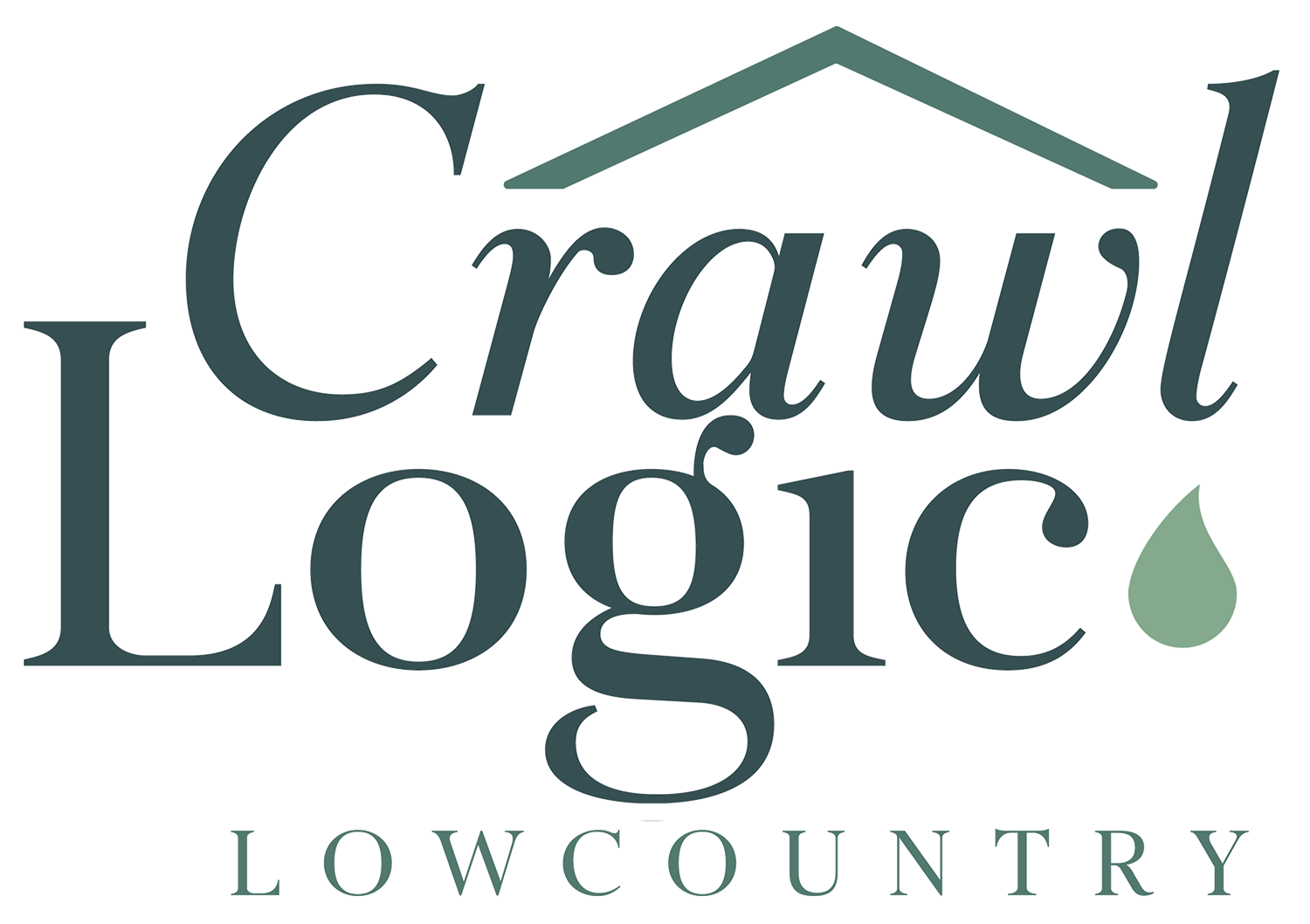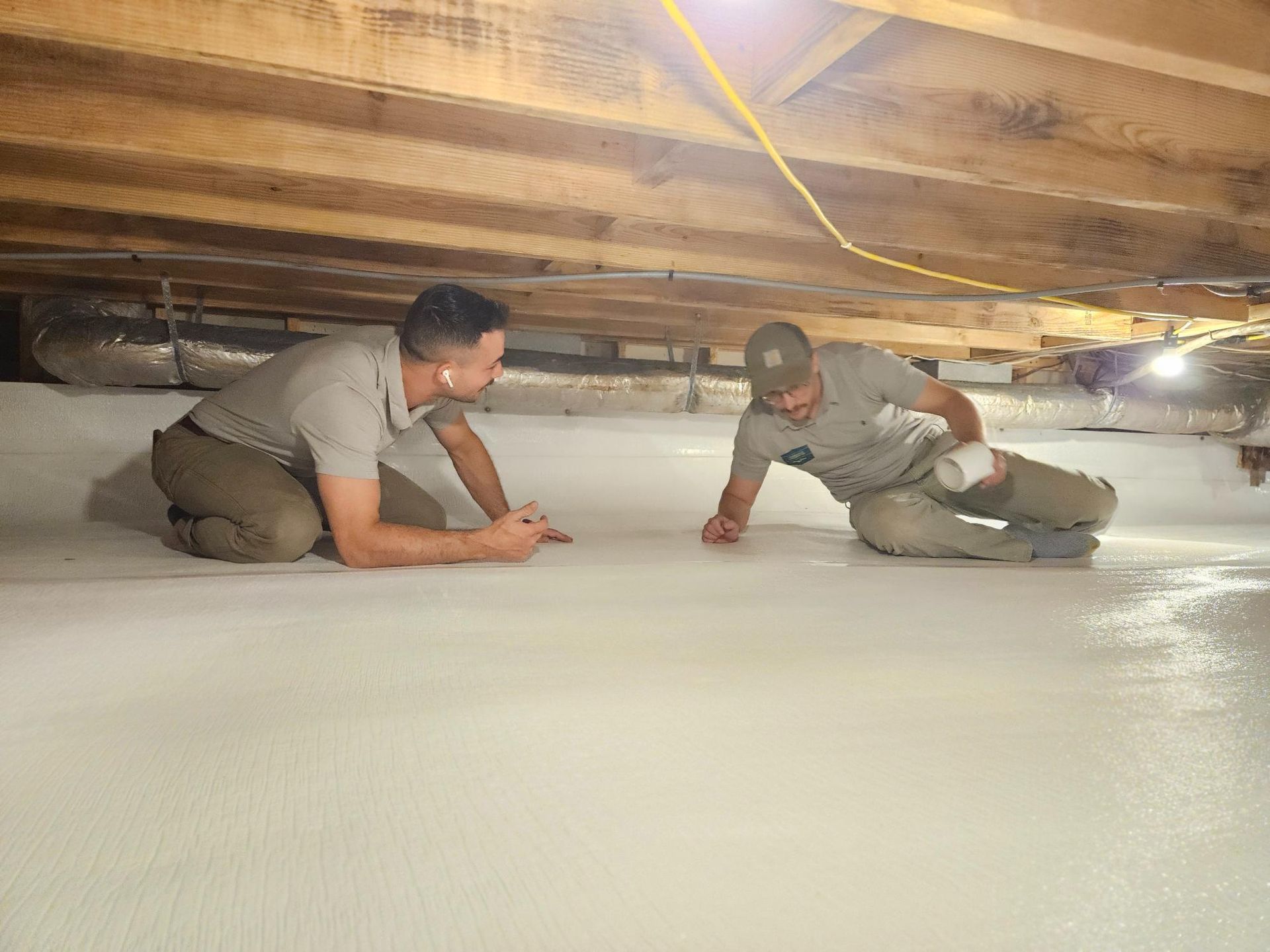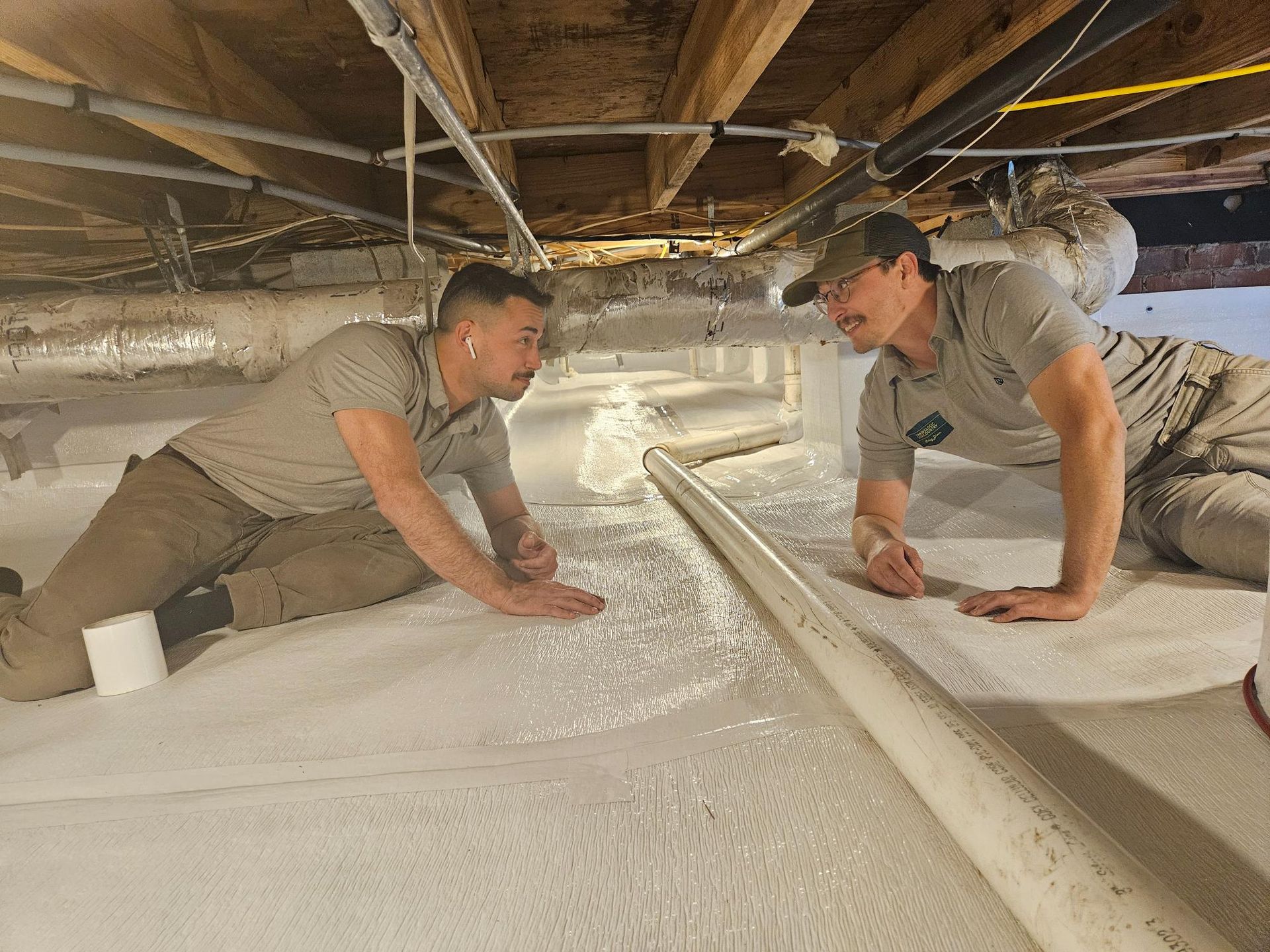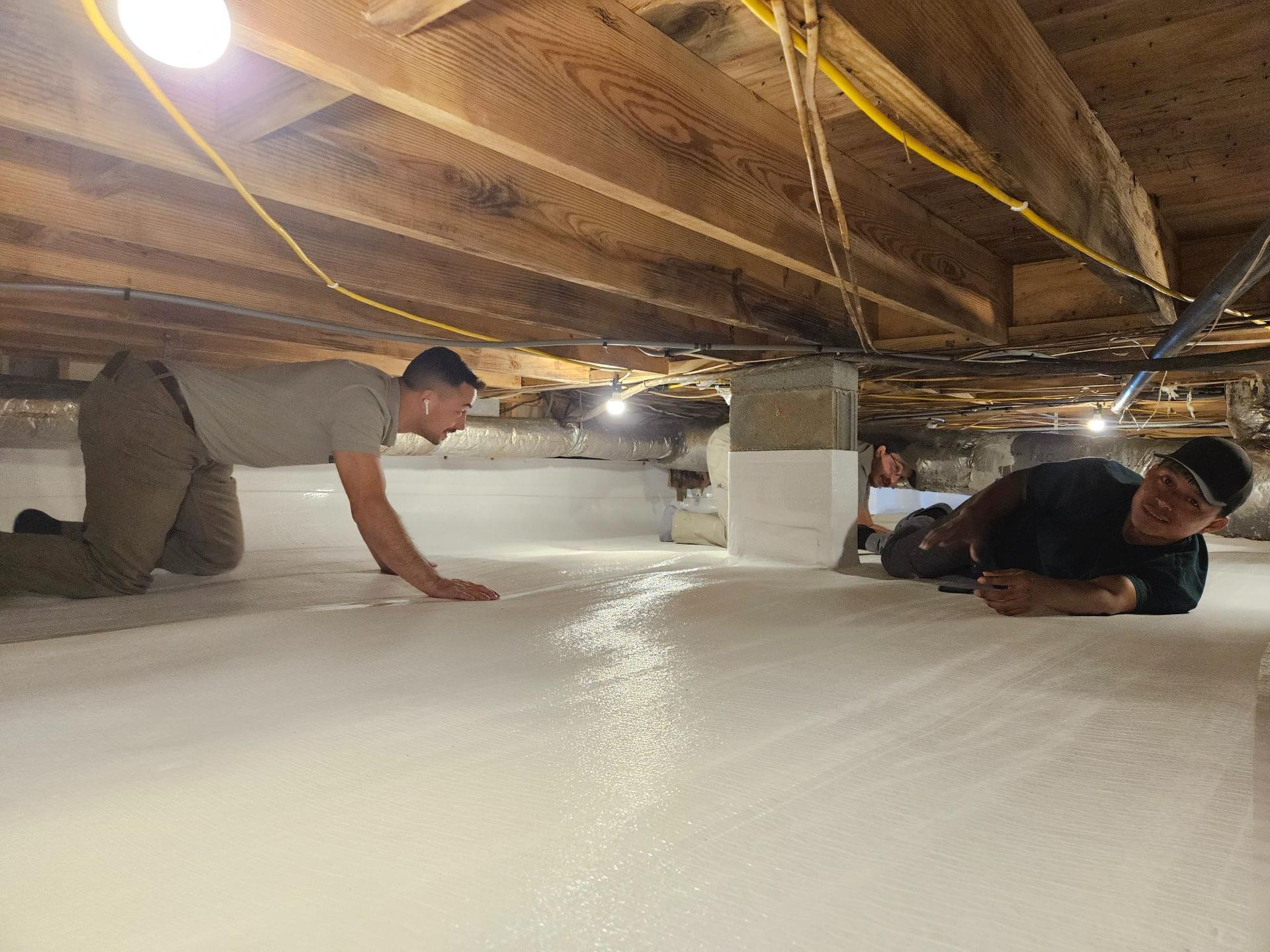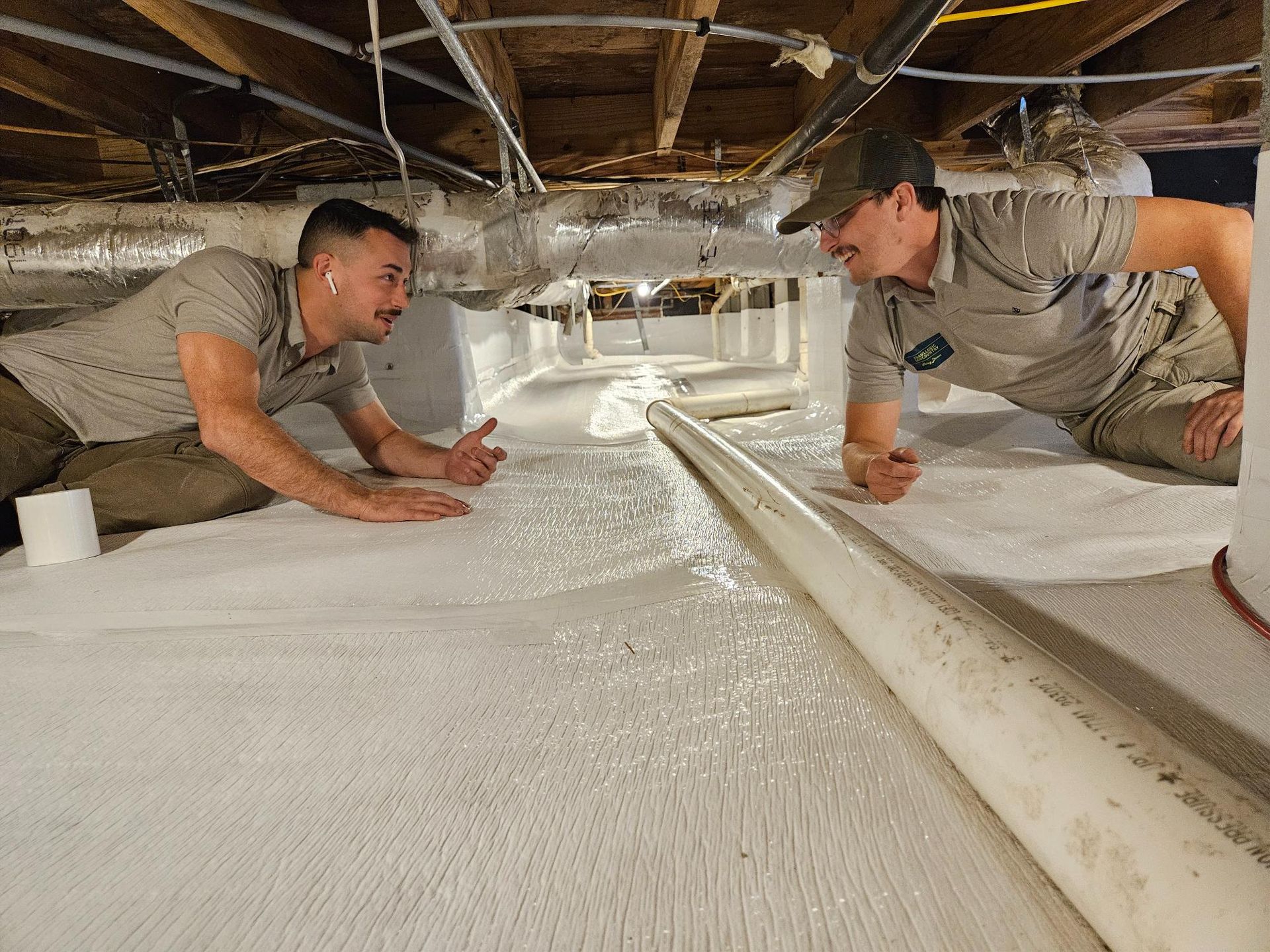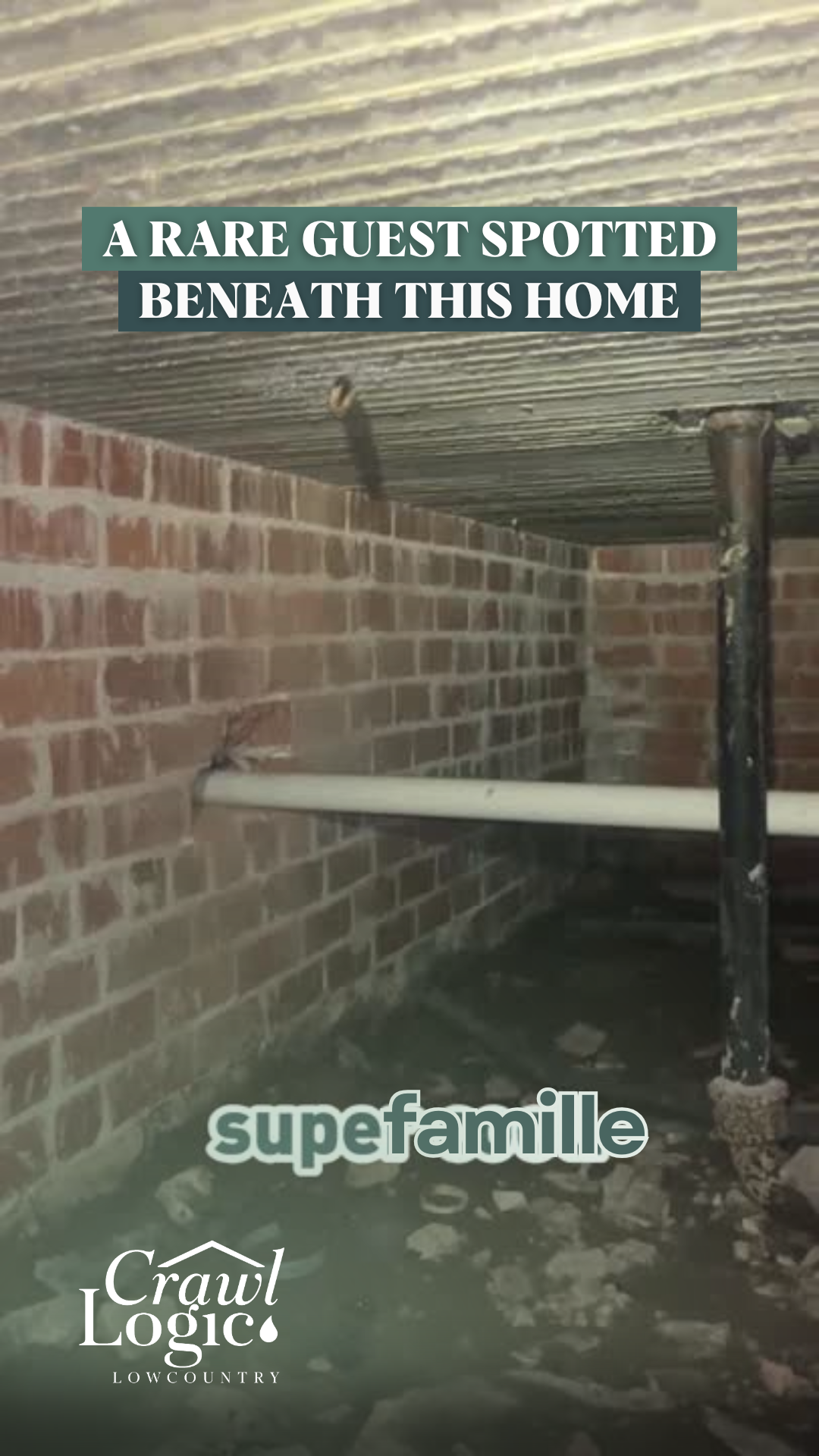The Numbers Game: What Your Charleston Crawl Space's Moisture Levels Are Telling You
Crawl Logic Lowcountry
Why We Base Everything On These Numbers
AND SHOOT VIDEOS IN THE INSPECTION TO SHOW YOU WHAT WE FIND
Every crawl space tells a story through its numbers.
And here in Charleston, with our famous humidity and coastal climate, those numbers can tell quite a tale.
The thing is, most homeowners don't know how to read these signs until it's too late - when they're already dealing with musty odors, warped floors, or worse.
I know talking about moisture levels and humidity percentages might sound boring, or maybe even pretentious.
But stick with me here.
Understanding these numbers isn't about showing off - it's about protecting your home.
And honestly?
It's simpler than you might think.
Welcome to Crawl Logic Lowcountry!
Breaking Down the Key Numbers
Let's start with the big one: 80% relative humidity.
That's your first warning sign. When people ask me what relative humidity means, I tell them straight up - it's just how much moisture is hanging out in the air at any given temperature. Think of it like your crawl space's fever thermometer.
When that number crosses 80%, your crawl space is sending up a red flag. At this point, your home's wooden structure starts acting like a sponge, soaking up all that extra moisture from the air.
And in Charleston? With our subtropical climate? This happens more often than you'd think.
Here's what makes this percentage so crucial: it's the tipping point. Once you cross that 80% line, the moisture content in your wood starts climbing. And just like dominoes, when that first one falls, the others aren't far behind.
The Danger Zone Numbers
Now, here's where things get serious.
Once your wood moisture content hits 16%, you're in what I call the danger zone.
Even with this "lower" number, mold can start creeping in - especially in dark spaces with poor air movement.
And let's be honest, that describes most crawl spaces in Charleston.
At 19%, we hit what inspectors call "active mold growth."
Personally, I think that's a funny term - like mold is ever really inactive?
But this is the number that shows up on those official CL-100 reports.
By this point, you're not just risking mold - you're guaranteed to have it.
Then there's 23%. This is where things can get expensive.
At this level, depending on how thick your wood is, you might start seeing actual movement.
Those squeaky floors?
That slight bounce when you walk across the living room?
That's not just annoying - it's a sign your home's structure is being compromised.
The Solution in Action
So how do we fix this? It's actually pretty straightforward.
We create what's basically a giant sealed airspace under your home.
Think of it like a controlled environment - like a climate-controlled storage unit, but for your crawl space.
In this sealed space, we install a commercial-grade dehumidifier - and yes, we intentionally overpower it.
Why?
Because in Charleston's climate, you need that extra muscle.
But here's the key: we also install sensors to monitor everything.
Because even the best dehumidifier in the world won't help if it stops working and nobody notices.
The goal is simple: lower the moisture content in your wood and keep it there.
When we get it right, your crawl space reaches what we call homeostasis - a fancy way of saying everything stays stable exactly where it should be.
Protecting Your Charleston Home
This is why we take the time to explain all this to every homeowner we work with. We document everything with videos during inspection, and we're happy to walk you through every step.
Because these numbers aren't just statistics - they're the early warning system for your home's health.
Want to know what your crawl space's numbers are saying?
We'll give you a straight answer - even if that means telling you everything's fine right now.
Our inspection process includes detailed moisture readings, complete video documentation, and a clear explanation of what we find.


